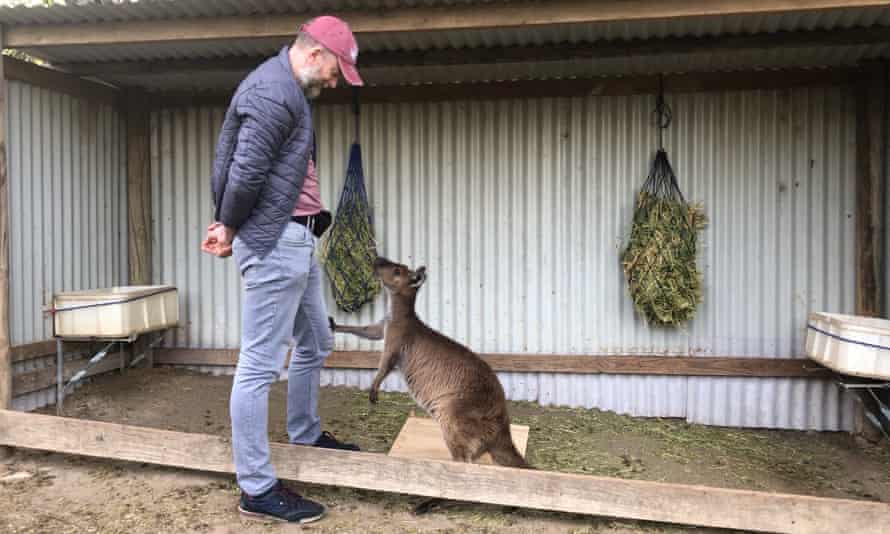
It might sound a piece “Dr. Doolittle,” yet it turns out kangaroos can speak with people.
Analysts found that kangaroos “intentionally” spoke with people a conduct that was recently thought to be held for tamed creatures, similar to canines, ponies or goats.
Specialists from London’s University of Roehampton and the University of Sydney set up an errand, known as “the unsolvable problem task,” where they gave kangaroos food caught inside a plastic compartment.
Subsequent to attempting, and fizzling, to open the containers, the kangaroos turned their look on a close by human and in some cases even pushed or scratched them to request help, analysts said.
It’s all in the eyes
“Their gaze was pretty intense,” co-creator Alexandra Green, a post-doctoral analyst in the Sydney School of Veterinary Science at the University of Sydney, said in an articulation.
“We’ve previously thought only domesticated animals try to ask for help with a problem. But kangaroos do it too. If they can’t open the box, they look at the human and back to the container. Some of them used their nose to nudge the human and some approached the human and started scratching at him asking for assistance.”
In light of these new discoveries, the group accept kangaroos thought about social creatures, similar to canines and goats might have the option to adjust their conduct to connect with people.
“Through this study, we were able to see that communication between animals can be learnt and that the behaviour of gazing at humans to access food is not related to domestication,” lead author Alan McElligott said in a statement.
“Indeed, kangaroos showed a very similar pattern of behaviour we have seen in dogs, horses and even goats when put to the same test,” McElligott, who was recently connected with the University of Roehampton and is currently a partner teacher in creature conduct and government assistance at City University of Hong Kong, added.
Ten out of 11 kangaroos tried in the examination “actively” took a gander at the individual who had put the food in the plastic holder to get it. Nine of the 11 creatures occupied with a “heightened form of communication,” specialists stated, rotating their look between the holder and the individual present.
The examination included hostage creatures from various zoos in Australia. The creatures, albeit acquainted with people, were viewed as non-tamed.
“Our research shows that the potential for referential intentional communication towards humans by animals has been underestimated, which signals an exciting development in this area,” McElligott said.
“Kangaroos are the first marsupials to be studied in this manner and the positive results should lead to more cognitive research beyond the usual domestic species,” he added.

James was born in Tuskegee Albama and educated at Kent state University. He has written across the National News. He worked as a manager for the global marketing department.
Disclaimer: The views, suggestions, and opinions expressed here are the sole responsibility of the experts. No journalist was involved in the writing and production of this article.

